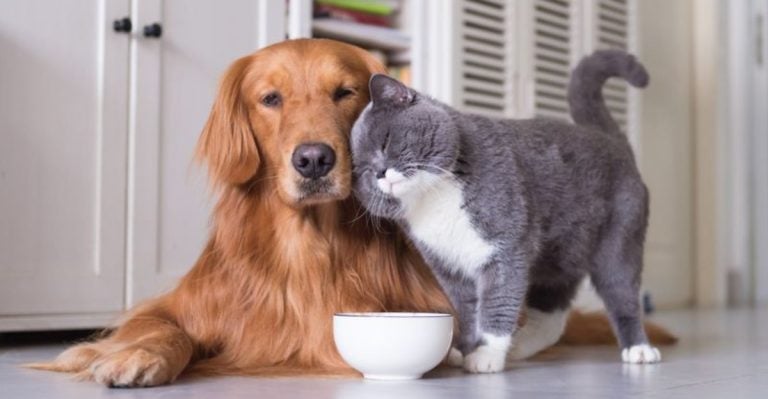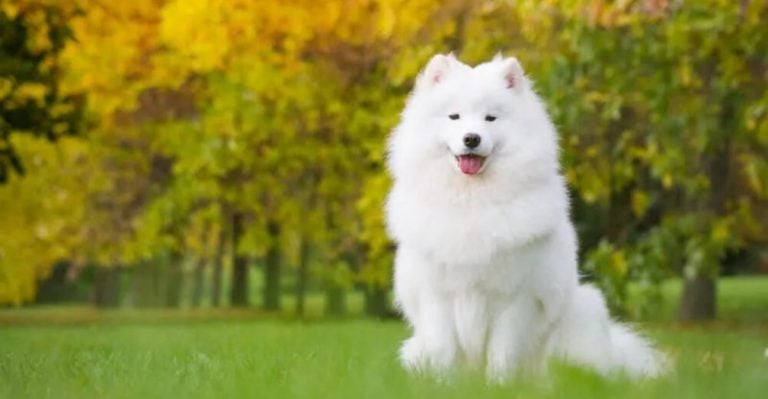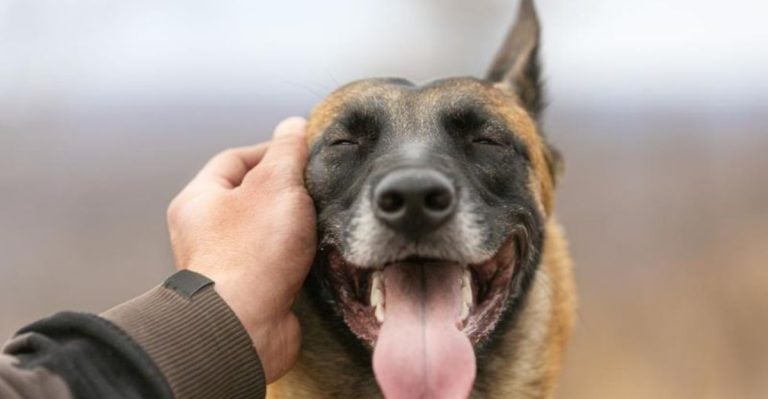There’s More To American Eskimo Dogs Than Meets The Eye
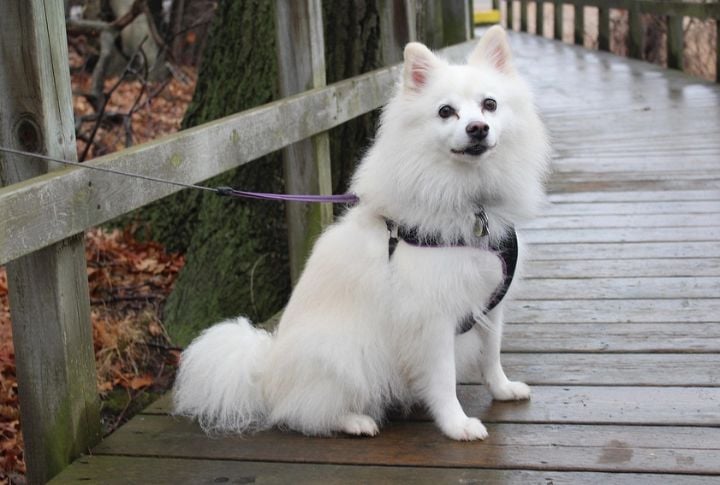
They look like they walked out of a snow globe and into your living room. But American Eskimo Dogs carry more than just charm. Their story is full of odd turns. Some are lesser-known roles and traits you wouldn’t guess. Keep reading if you’re curious about what brochures don’t usually tell you about them. You’ll learn some interesting tidbits.
Originated In Germany, Not The Arctic
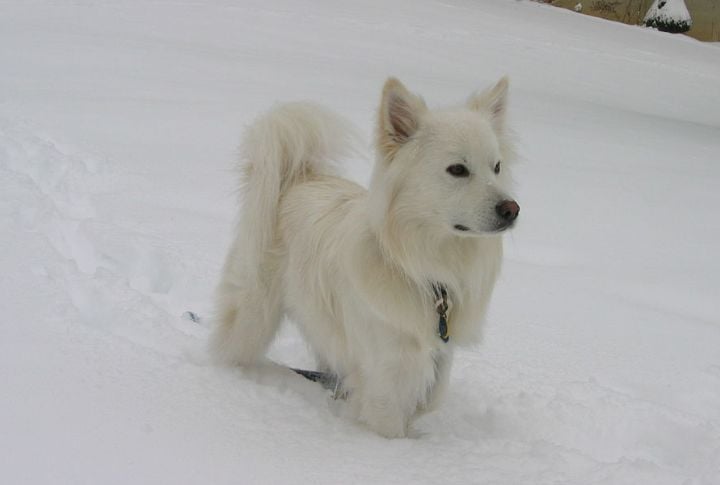
Eskies don’t owe their name to geography. They’re German through and through, not Arctic explorers like their name might suggest. The confusion stuck thanks to a patriotic rebrand during wartime. But if you’re picturing snowy sled rides, trade that in for cobbled streets and 19th-century German villages—a totally different scene.
Descended From Versatile German Spitz Dogs

Imagine one breed handling watchdog duties, keeping kids entertained, and still looking like a snowball with ears. That was the German Spitz, a multitasker of the dog world. American Eskimo Dogs are their direct descendants, inheriting not just the thick coat but also that energetic brainpower and eagerness to work alongside humans.
Brought To The U.S. By German Immigrants
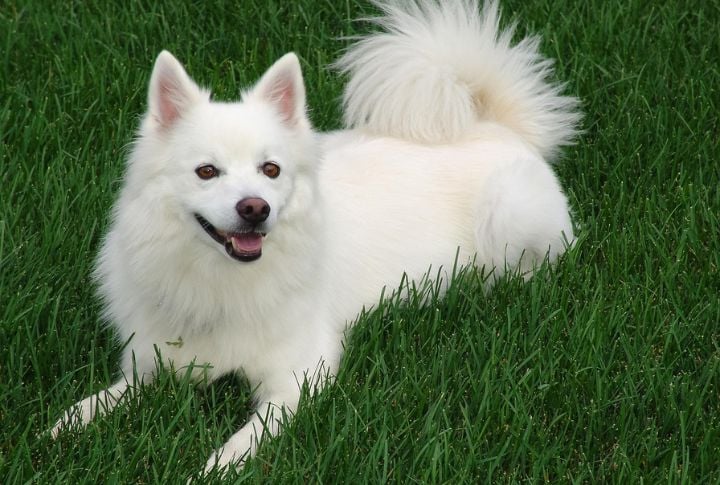
Families crossing the Atlantic in the late 1800s often brought more than trunks. Many arrived in America with Spitz dogs, which are adaptable and easy to travel with. These pups helped on farms while they watched over kids and kept homes safe. Over time, their role shifted from working dogs to well-loved family companions.
Recognized By The AKC In 1995
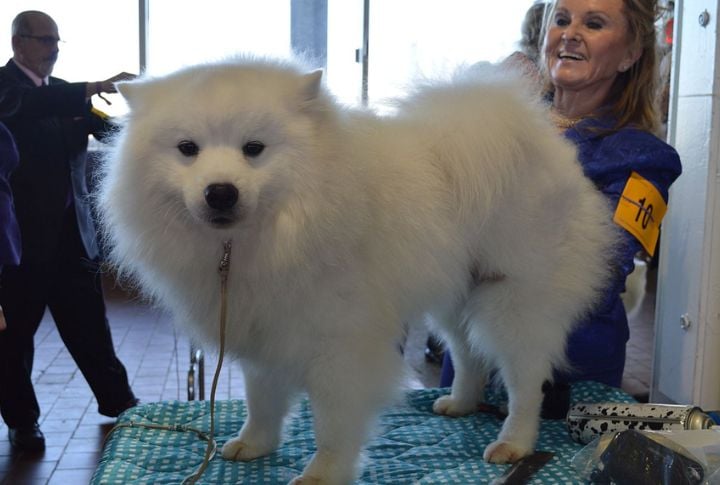
Long before the AKC officially recognized them, Eskies had already earned a following. Recognition came surprisingly late—1995, to be exact—despite their rising popularity through the 20th century. The delay stemmed from inconsistencies in breed records and name confusion. By the time it happened, their look and temperament were already iconic.
Classified In The Non-Sporting Group
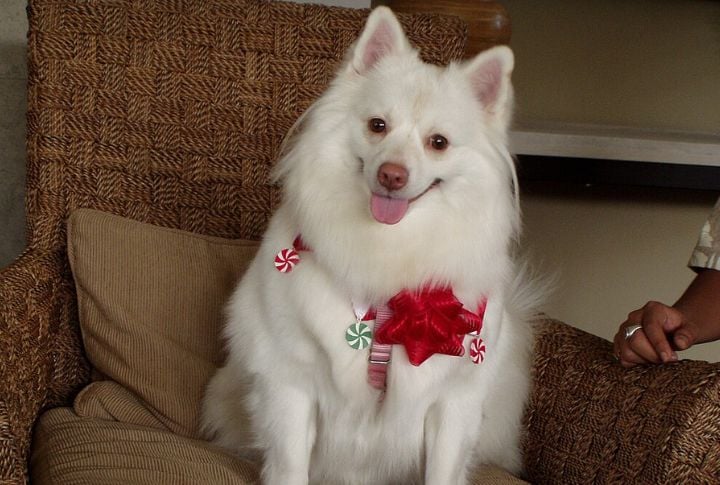
Don’t let the label fool you. “Non-Sporting” doesn’t mean couch potato—it just means the breed wouldn’t fit neatly into one working category. American Eskimo Dogs were placed there because they’re better companions than competitors, though they often outperform in agility and obedience. Think of it as the misfit group for multitalented dogs.
Comes In Three UKC-Recognized Sizes
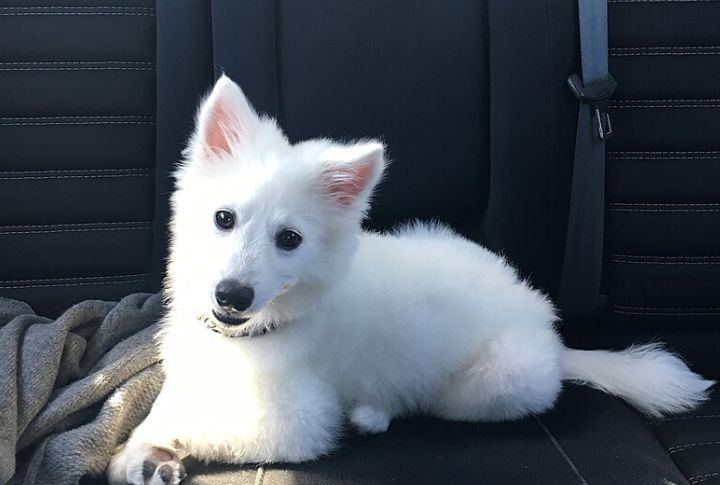
Unlike many breeds with one standard size, Eskies come in three: toy, miniature, and standard. The United Kennel Club identified these distinctions officially early on, creating more options for owners in apartments or large homes. Regardless of size, their temperament and fluffy charm stay pretty consistent, which is kind of the point.
Performed As Circus Companions In The U.S.
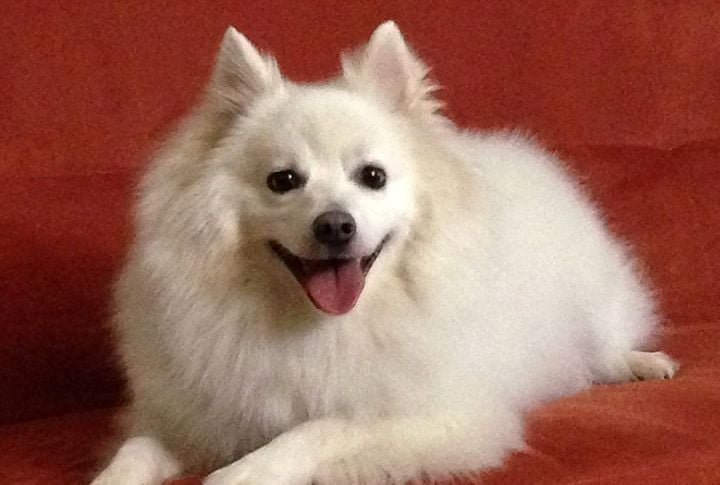
While they weren’t pulling wagons or guarding livestock, Eskies found another niche under the circus tent. They learned tricks fast and worked well with handlers to look amazing under the show lights. Their time as circus stars in the early 1900s helped cement their fame and made them more visible to everyday families.
White Coats Bred For Show Aesthetics

The signature white coat wasn’t always standard. Breeders gradually favored that crisp snow-white color for shows because it made the dogs stand out. Over time, the look became the norm. While it’s beautiful, it also takes work. Regular grooming keeps the coat bright. But dirt? Let’s just say it’s not their friend.
Known For Frequent And Alert Barking
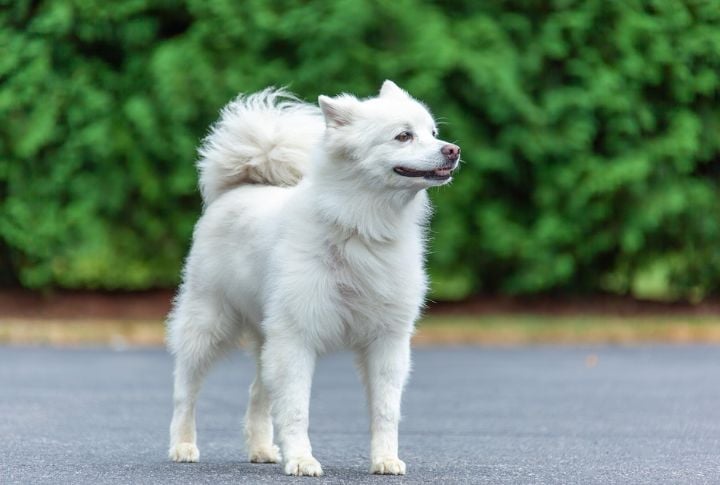
They bark for more reasons than to make noise. That voice comes from a long history of being watchdogs in yards and on farms. Eskies have sharp ears and quicker reactions, which means every delivery or door creak gets a comment. Some owners find it charming; others invest in training. Either way, it’s intentional.
Prone To Separation Anxiety Without Stimulation
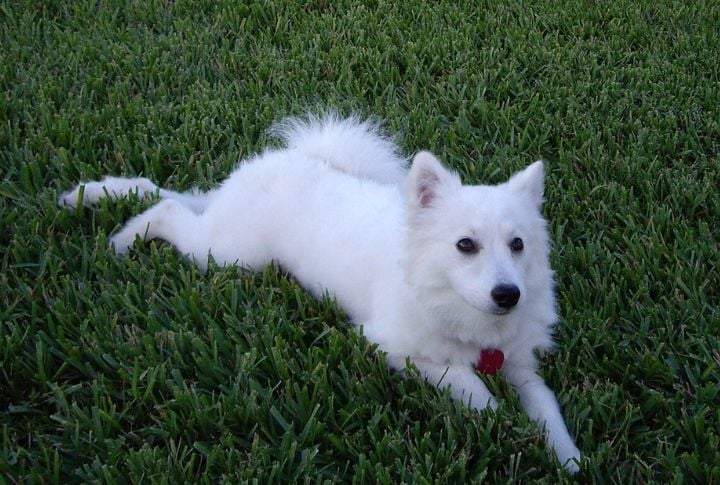
Being clever has its downsides. Eskies need tasks or attention; otherwise, they quickly spiral into boredom and anxiety. Left alone too long without toys or structure, they can become vocal, destructive, or withdrawn. It’s just a sign of how much mental fuel they’re packing behind that cute face, not clinginess.
Distinctive Smile Comes From Facial Structure
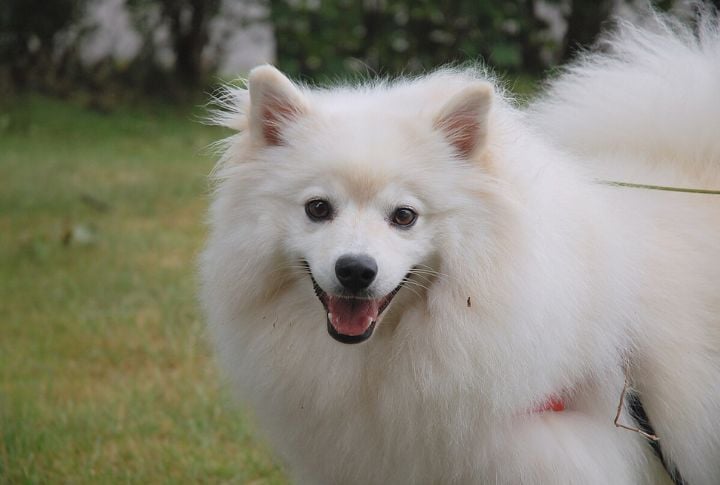
Have you ever caught an American Eskimo dog grinning at you? You can chalk it up to their personality shining through. But it’s actually their facial structure, specifically the way their lips are slightly upturned, which gives them that signature “smile.” One of the many things that makes them so endearing.
Loyal To Family But Wary Of Strangers
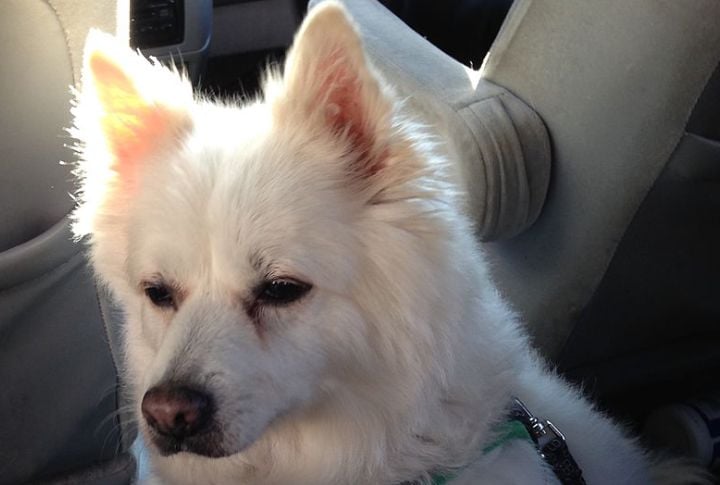
American Eskimo Dogs aren’t the type to give their hearts away easily. They’re deeply loyal to their families, often becoming attached to one person. However, they tend to be more reserved with strangers, giving them time to gauge who’s trustworthy. This wariness makes them fantastic watchdogs.
Excel In Agility And Dog Sports
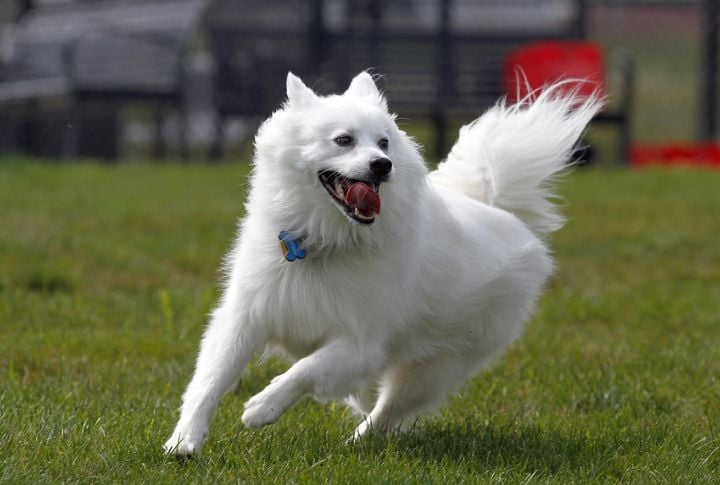
If there’s one thing the American Eskimo dog excels at, it’s agility. They’re athletic and full of energy, making them great candidates for dog sports. Whether it’s racing through an agility course or showing off tricks, they thrive when they get the chance to work their bodies and minds.
Quick Learners With Positive Training
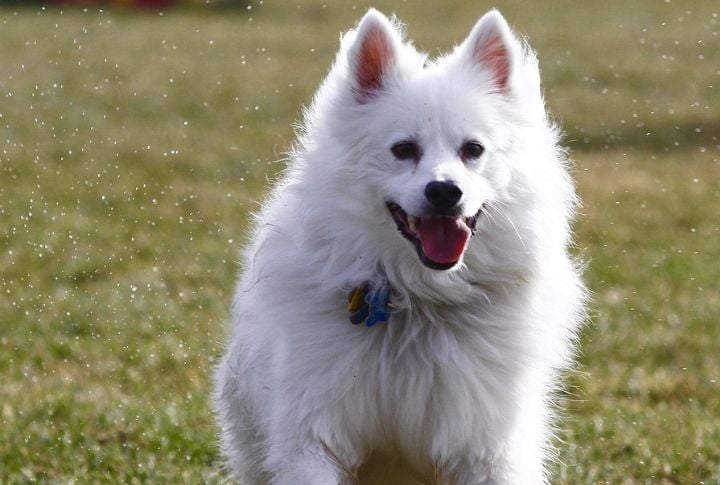
Training your American Eskimo dog can be a fun and rewarding experience. They’re incredibly sharp and learn quickly but do best with positive reinforcement. Using treats and praise as motivators will have them mastering new tricks in no time. Patience and encouragement go a long way with these eager learners.
American Eskimo Dogs Have Specific Nutritional Needs

Eskies thrive on a balanced, high-quality diet, especially foods with high Omega-3 and Omega-6 fatty acids. These nutrients help maintain their thick coats and support skin health. Be cautious of overly processed foods, though, as they can lead to skin issues, which this breed is prone to.


